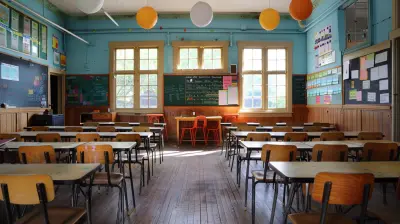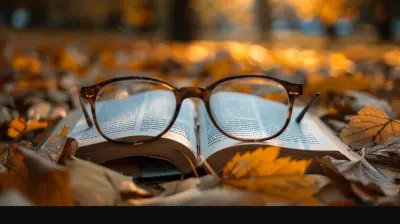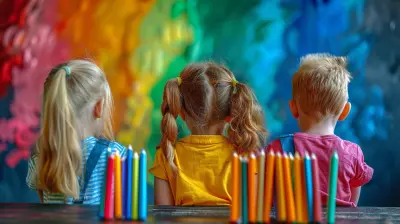Understanding the Role of Critique in Art Education
5 November 2025
Alright, let's cut to the chase. You didn’t come here for a textbook definition of art critique. You came here because you want to know why every art class has this mysterious, slightly intimidating ritual where everyone stares at your canvas and starts throwing words like “composition,” “value,” and “emotional impact” around.
Well, buckle up, buttercup. Because we're diving deep into the colorful, chaotic world of critiques in art education. And trust me, it’s way more than just nervously nodding while someone picks apart your brushstrokes.
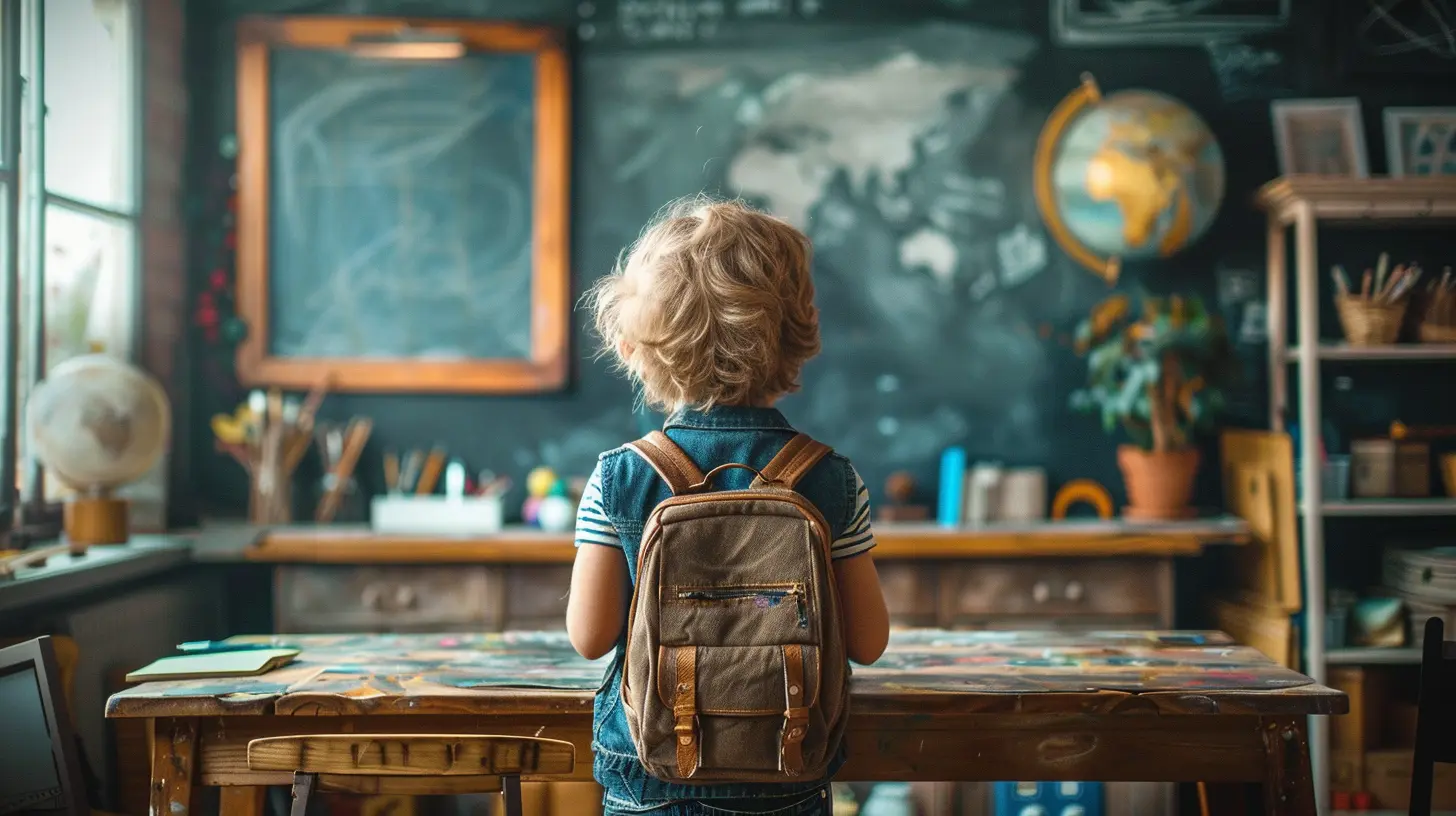
🎨 What Even Is a Critique?
Let’s start with the basics before we get all fancy.A critique in art education is a structured discussion or review of a student's artwork. It’s not just about saying “I like it” or “Meh, not my vibe.” It’s about giving constructive feedback—both the praise and the “needs improvement” stuff—that helps an artist grow.
Think of a critique as a mirror. Not the bathroom kind that shows off your good side. No, this mirror shows everything. The highlights and the shadows. The stuff you nailed and the parts that might need a second look.
Sounds scary? Maybe a little. But it’s also one of the most powerful tools an artist has.

🧠 Critique Isn’t Just Feedback – It’s an Education
Here’s the tea: critique isn’t about tearing people down. It’s about building them up—with tools, insights, and strategies.In an art education setting, critique serves multiple juicy roles:
- Developing Critical Thinking: When students analyze their own work and that of others, they learn to see beyond the surface. They look at technique, intention, emotion, and execution.
- Sharpening Verbal Skills: Talking about art helps you talk through your art. You start understanding how to articulate visual concepts.
- Establishing Artistic Vocabulary: Words like “value contrast” and “negative space” stop being vague terms and start becoming second nature.
- Building Resilience and Confidence: Learning how to take feedback without crumbling? That’s a life skill, not just an art class bonus.

🎭 The Emotional Side of Critique (Yeah, We’re Going There)
Let’s be real—putting your work out there is terrifying. It’s like standing in front of a crowd in your artistic undies. Vulnerable, much?But here's the thing… learning to embrace that vulnerability is exactly where the growth happens.
Critique teaches students to:
- Detach themselves from their work – Your art is amazing, but it’s not your entire identity.
- Listen with intent, not defensiveness – Instead of preparing a counter-argument, actually absorb what’s being said.
- Improve through discomfort – Growth isn’t cozy. It’s awkward, messy, and a little frustrating. And that’s okay.
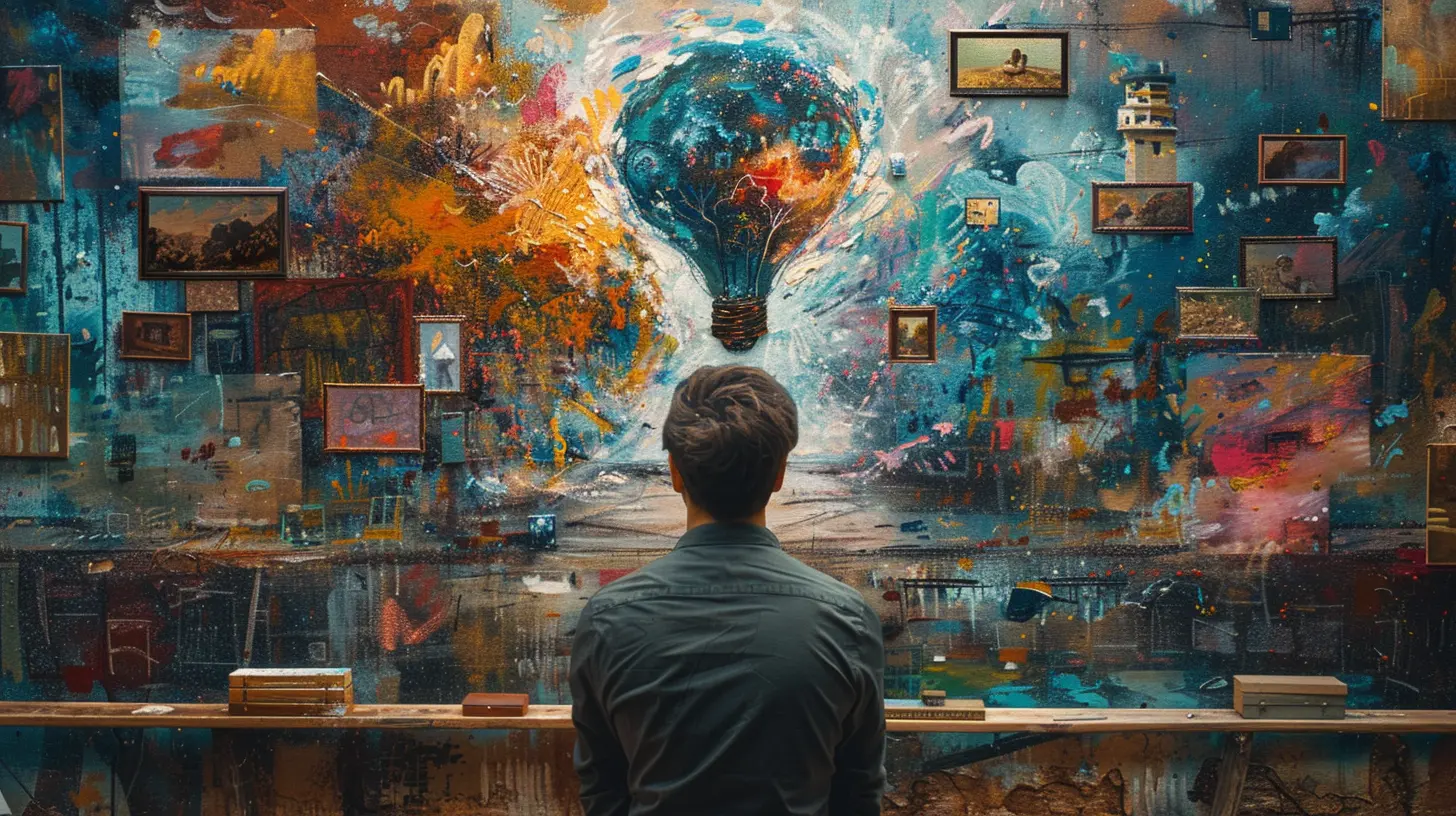
🧰 Different Types of Critiques in Art Education
Not all critiques are created equal, darling. Depending on the setting, experience level, or even mood of the class, critiques can look very different. Here are the usual suspects:1. 👨🏫 Instructor-Led Critique
This is the classic model. Professor walks in, everyone shows their work, and the breakdown begins. It's structured and usually involves technical and conceptual analysis.2. 👩🎓 Peer Critique
Possibly the most triggering one—getting feedback from your classmates! But let’s face it, peers often notice stuff instructors might miss. They can relate to your creative process and offer fresh perspectives.3. 🔄 Self-Critique
Yes, it’s a thing. Knowing how to step back and evaluate your own work critically? That’s boss-level skill. Self-critiquing helps you spot inconsistencies, set goals, and measure your growth.4. 💬 Group Critique Sessions
These are like art potlucks—everyone brings something to the table. Group critiques encourage conversation, debate, and yes, a little drama. But in a good way.🔍 How to Give a Good Critique Without Being a Jerk
Critiquing someone else’s work can feel like walking a tightrope. You want to be honest but not brutal. Supportive but not fake.Here’s your cheat sheet:
- 💡 Start with strengths: Everyone likes to hear what they did well. Kick things off on a positive note.
- 🔍 Be specific: “It looks weird” is lazy. Try “The perspective on the left side feels off compared to the right.”
- 🧠 Ask questions: “What were you trying to convey with the color palette?” sparks discussion instead of shutting things down.
- ✂️ Trim the fluff: Avoid vague praise. “Nice!” doesn’t help anyone improve.
- 💬 Offer suggestions, not orders: “You might try darkening the background to create contrast” is waaaay better than “You should’ve used black.”
💪 Why Critique is Crucial for Artistic Growth
Here’s the real talk: you can watch a million tutorials, scroll through endless Instagram art accounts, and attend every workshop from here to Timbuktu—but nothing’s gonna level you up quite like a solid, thoughtful critique.Critique:
- Pushes your boundaries – Forces you to step outside your comfort zone.
- Keeps you accountable – You start creating with intention, knowing others will see it.
- Reveals blind spots – You don’t know what you don’t know, right?
- Connects you to a community – Art can feel lonely. Critique brings people together, face-to-face (or Zoom-to-Zoom).
🙅♀️ Common Misconceptions About Art Critique
Let’s bust some myths, shall we?❌ "It's Just an Excuse to Trash My Work"
Nope. A good critique is never an attack. It’s a conversation, not a courtroom.❌ "Critique Kills Creative Freedom"
Actually, it fuels it. Honest feedback can help you refine your voice, not silence it.❌ "It’s Only for Beginners"
Please. Every artist—from the sketchbook newbie to the established gallery darling—needs critique. Growth has no finish line.
🎯 How Critique Evolves Over Time
As students progress, their relationship with critique deepens.- Early stages: It’s all about technical skills. Think: proportion, color theory, shading.
- Intermediate phase: Critique starts diving into meaning, symbolism, and style.
- Advanced level: Now we’re talking intent, originality, narrative, and how the piece fits within broader art history or social context.
It’s like leveling up in a video game. Each stage unlocks new tools, new feedback, and new challenges.
🧑🎨 Tips for Making the Most of Every Critique
Wanna come out of your next critique session feeling like a rockstar? Follow these golden rules:1. Take notes – Your future self will thank you.
2. Don’t take it personally – Your art is part of you, but it’s not your whole self.
3. Ask for clarity – If a comment confuses you, ask! This isn’t a guessing game.
4. Apply the feedback – Don’t just listen. Use what you’ve learned.
5. Give back – Be a thoughtful critic yourself. Karma, baby.
🎓 Why Schools Need to Teach Critique More Effectively
Unfortunately, not all art educators are created equal. Some just toss out a “What do you think?” and call it a day. Nah. That ain’t it.Critique should be:
- Guided – With prompts, structure, and rules for engagement.
- Supportive – Creating a safe space is non-negotiable.
- Inclusive – All voices should be heard. No gatekeeping.
- Ongoing – Not just a one-off event at the end of a project.
Because when critique is done right, it doesn’t just improve art—it transforms artists.
🖼️ Real Talk: How Critique Prepares You for the Real World
Guess what? Once you're out of school, critiques don’t vanish. They just change form. Clients, galleries, Instagram comments, juried competitions—they’re all essentially critiques.Learning how to handle, respond to, and use critiques in school gets you ready for:
- Freelance work (client feedback loops, anyone?)
- Gallery submissions
- Artist residencies and grants
- Collaborative projects
- Online communities (Reddit, Behance, ArtStation—you name it)
💬 Final Thoughts: Love It or Hate It, You Need Critique
Let’s end this with a hot take: critique is the unsung hero of art education.It’s honest, it’s messy, and yeah, it might make you cry once in a while. But it’s also what shapes artists into professionals. Into visual storytellers. Into game-changers.
So, the next time you sit through a critique, don’t just brace yourself—open yourself. That’s where the magic happens.
Because in the end, critique isn’t just about your art. It’s about you—becoming better, bolder, and braver with every brushstroke.
all images in this post were generated using AI tools
Category:
Art EducationAuthor:

Olivia Chapman
Discussion
rate this article
1 comments
Valeris West
Fascinating insights! How can critique enhance creativity?
November 7, 2025 at 4:34 AM
